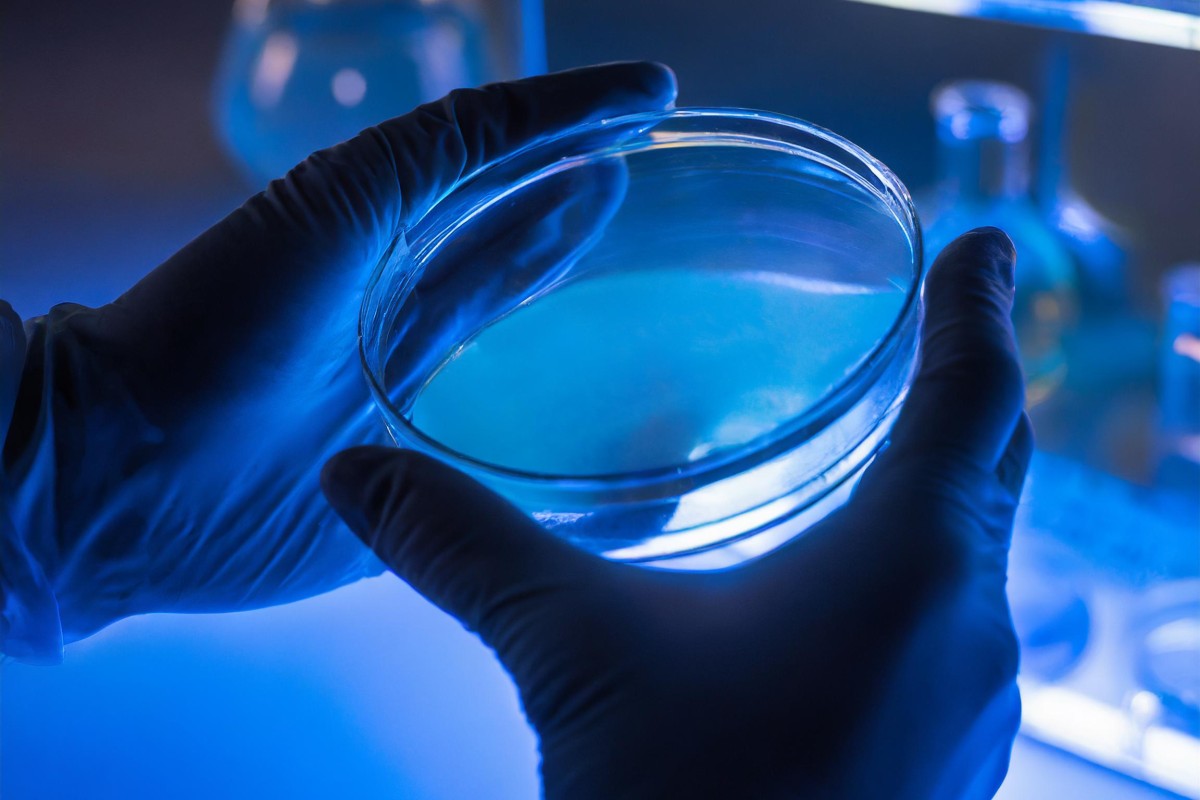What Does Antimicrobial Mean?

In a world teeming with microorganisms, the term "antimicrobial" has become increasingly prevalent. From household products to medical treatments, the term is widely used, but what does antimicrobial mean? Let's delve into the world of antimicrobials to unravel their significance in our daily lives.
What is the definition of antimicrobial?
Antimicrobial refers to substances or agents that have the ability to kill or inhibit the growth of microorganisms. These microorganisms include bacteria, viruses, fungi, and parasites. The primary goal of antimicrobial substances is to prevent the spread and development of these potentially harmful entities, protecting both human health and various products.
The National Cancer Institute defines antimicribal as 'A substance that kills microorganisms such as bacteria or mold, or stops them from growing and causing disease'. [1]
What are the 4 types of antimicrobials
- Antibiotics - One of the most common types of antimicrobials, antibiotics, are substances that specifically target bacteria. They either kill bacteria or inhibit their growth. Penicillin, tetracycline, and erythromycin are examples of well-known antibiotics that have revolutionised medicine by treating bacterial infections
- Antivirals - Antivirals are substances designed to combat viral infections. Unlike antibiotics, antivirals work by inhibiting the replication of viruses. They are often used in the treatment of viral illnesses such as influenza, HIV, and herpes
- Antifungals - Fungal infections are addressed by antifungal agents, which work by either killing the fungi or inhibiting their growth. Common antifungals include fluconazole and clotrimazole, used to treat conditions like athlete's foot and yeast infections
- Antiparasitics - Antiparasitic agents are employed to combat infections caused by parasites. These can include drugs to treat malaria, helminthic infections, and protozoal diseases
How are antimicrobials used in Product Protection?
Antimicrobials play a pivotal role in product protection across various industries. The integration of antimicrobials in to such a diverse range of products reflects a commitment to both durability and hygiene.
Here are some examples of how antimicrobials can be used in products:
Textiles and Clothing
- Sportswear: Antimicrobial agents are commonly integrated into sportswear to inhibit the growth of bacteria caused by sweat, reducing odour and maintaining hygiene
- Medical Apparel: Healthcare professionals often wear uniforms treated with antimicrobials to minimise the risk of spreading infections in clinical settings
Footwear
- Socks and Shoes: Antimicrobial treatments are applied to socks and shoe linings to prevent the development of fungi and bacteria, particularly in moist and warm environments. This helps in reducing foot odour and preventing infections like athlete's foot
Bedding and Linens
- Mattresses and Pillows: Antimicrobial treatments are used to protect mattresses and pillows from the growth of dust mites, bacteria, and fungi, promoting a healthier sleeping environment
- Bed Linens: Bed sheets and pillowcases with antimicrobial properties can contribute to maintaining a hygienic sleep space, especially in healthcare and hospitality settings
Electronics and Gadgets
- Smartphones and Tablets: The surfaces of electronic devices are prone to bacterial contamination. Antimicrobial coatings on screens and casings help mitigate the spread of germs, creating a more hygienic user experience
- Computer Accessories: Keyboards, mouse pads, and other frequently touched computer accessories can be treated with antimicrobial additives to reduce the risk of bacterial growth
Consumer Goods
- Kitchen Appliances: Antimicrobial coatings on surfaces of appliances like cutting boards and refrigerator shelves help prevent the growth of bacteria
- Toys: Children's toys, especially those that may be exposed to saliva and handling, can be manufactured with antimicrobial materials to reduce the risk of microbial contamination
Building Materials
- Paints and Coatings: Antimicrobial additives in paints and coatings can inhibit the growth of mould, mildew, and bacteria on walls and surfaces, contributing to a more hygienic indoor environment
- Flooring and Tiles: Antimicrobial properties in flooring materials can prevent the growth of microorganisms, making them suitable for areas with high moisture levels, such as bathrooms
Automotive Interiors
- Car Seats and Upholstery: Antimicrobial treatments in automotive interiors help prevent the growth of mould and bacteria, enhancing the hygiene and longevity of the materials
Packaging Materials
- Food Packaging: Antimicrobial packaging materials are designed to inhibit the growth of bacteria on the surface of food packaging, extending the shelf life of perishable goods
Incorporating antimicrobial properties into a wide array of products contributes not only to the longevity and durability of these items but also improves hygiene. As technology and research continue to advance, we can expect further innovations in the integration of antimicrobials to enhance product protection in diverse industries.
----
References
[1] National Cancer Institute / Definition of Antimicrobial - https://www.cancer.gov/publications/dictionaries/cancer-terms/def/antimicrobial
← Back to blog
